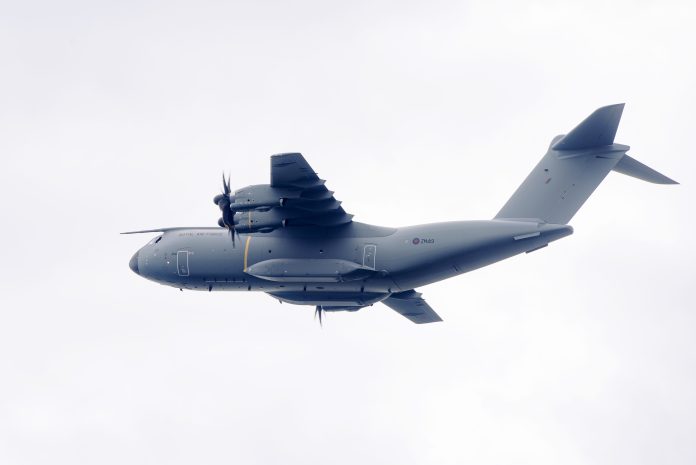Because of the new advances in directional push abilities and the appearance of UAVs which can take higher “G” loadings, we want to plan airplane and UAVs which have better turning capacities. UAVs would be able to fly between city buildings like those in Felluhja or monitor downtown DC for crime thanks to this. We can construct better directional push consumption streams to permit fly motors to get nonstop streams for full power and push an exceptionally sluggish speed and very high approaches while totally withdrawing from the forward streaming relative breeze. We are able to maintain high turn rates while remaining on mission, maneuver in close proximity to structures and obstacles, and dodge missiles fired by enemies.
To understand a good place to start this discussion and to better visualize the fundamental idea of building such a craft and its potential form; The pictures of the possible overall design that we are considering are linked below. These images depict previous versions of the fundamental design we intend to use that do not pivot. The “Optica” aircraft was built with high visibility, efficiency, and STOL (short take-off and landing) capability in mind.
Envision this look and forward perception region with an abbreviated cleared wingspan in forthcoming to relative size. It’s possible that the wing resembles an A-4 or even an F-104.
The observation area in our model would be in front of the jet engine intake and could include a pilot or a collection of sensors and/or video monitors. In some cities, the observation area would pivot in the shape of a double-decker bus, much like a snake. As a result, the fuselage observation component would turn and push to the side when the aircraft was about to turn, aided by the relative wind. Before turning, the front of the fuselage would force air that was trying to get around it into the intake while simultaneously opening a larger portion of the intake to the relative wind. This would ensure that maximum thrust would be maintained as the turn entered. Such capacities and whimsical mobility would increment endurance rates from SAMs – Surface to Air Rockets and other airplane in canine battling. We found in the film Framework II that it was truly challenging to hit and destroy the multitudes of UAVs as they moved like snakes. For trust vectoring performance, the aircraft would also have the most recent directional thrust capabilities, like those of the hybrid F-16 with aerodynamic design. Please take a look at this image as well to get a better understanding of this idea:
Our model will fly in a non-atmospheric plasma tube created by pulsed waves in the direction of the intended flight to eliminate air friction, and it will fly at high speeds in a similar manner but with a sleeker design. Antigravity criss-crossed wave disruptions within these non-atmospheric tubes would also be included in later models for complete control, incredible acceleration, hovering, and increased useful loads while in flight. There are a couple of other intriguing models, inside the reasoning period of the idea, which are not so not at all like the Optica. The front observation fuselage would look like the head of a bee, and the thorax would be the body or engine in our model. However, it would have a thinner design and be more like a dragonfly in terms of length to width, but it wouldn’t have long wings to reduce drag at higher speeds. We imagine cleared canards on the front perception fuselage, which are much like that of a shark yet level and marginally bended vertical to upset the wind stream to the point of keeping any wing tip vortices falling off them as the airplane transforms streaming straightforwardly into the motor since extra push will be required and consumption slam air during extreme flight moves.
The front perception fuselage won’t be impeccably bulbus on it’s nose cone, yet be more like an exotic fish than totally circular seeming to be the ‘Opitca’ airplane. As the aircraft’s front fuselage returns toward the engine, it will become more rounded to allow for maximum and stable airflow into the turbine, allowing for greater horizontal directional control during flight. The middle fuselage, also known as the engine component, will be 3.33 times longer than the observation fuselage and will taper off to the aft. Under the fuselage will be the wings, with landing gear device. In contrast to conventional aircraft, it will not have a substantial landing gear because directional thrust will assist in landing.
The composite forward observation fuselage, wings, and rear fuselage will all serve as vertical and horizontal stabilizers for the directional thrust exhaust nozzles. As a result, the directional thrust will be blown across the final tail assembly for stability, increased turning radius effectiveness, and stability control. It will cost us about $35,000 to construct a smaller than expected form of this, which thusly could loan itself well to combat zone perceptions in metropolitan settings. A functional prototype will cost approximately $400,000 for a full-size human-piloted version. Although it is well within the realm of possibilities and modern technologies, it would require several prototypes to construct a unit worthy of the aerodynamic innovation and an even larger prototype to support the weight of pulse wave technologies for gravity wave disruptions and plasma ionization.


